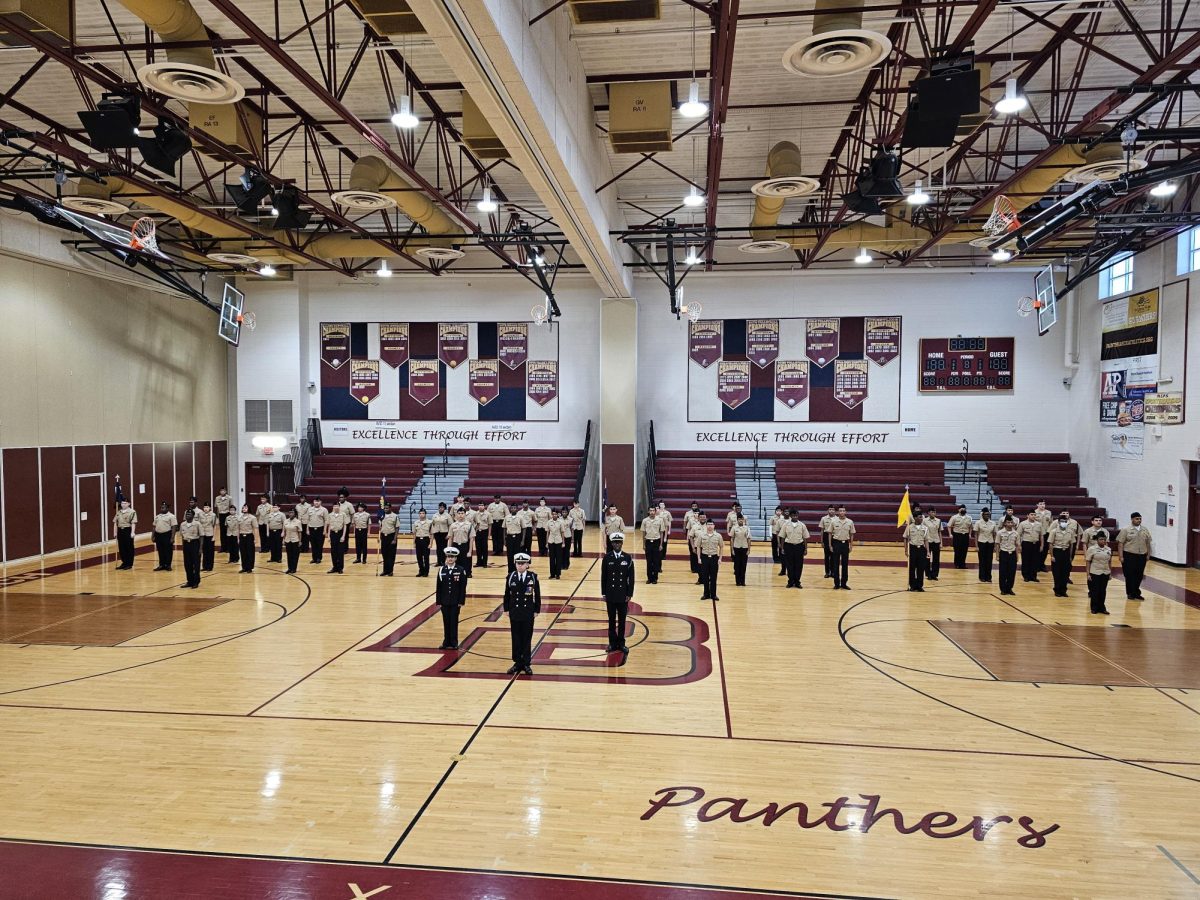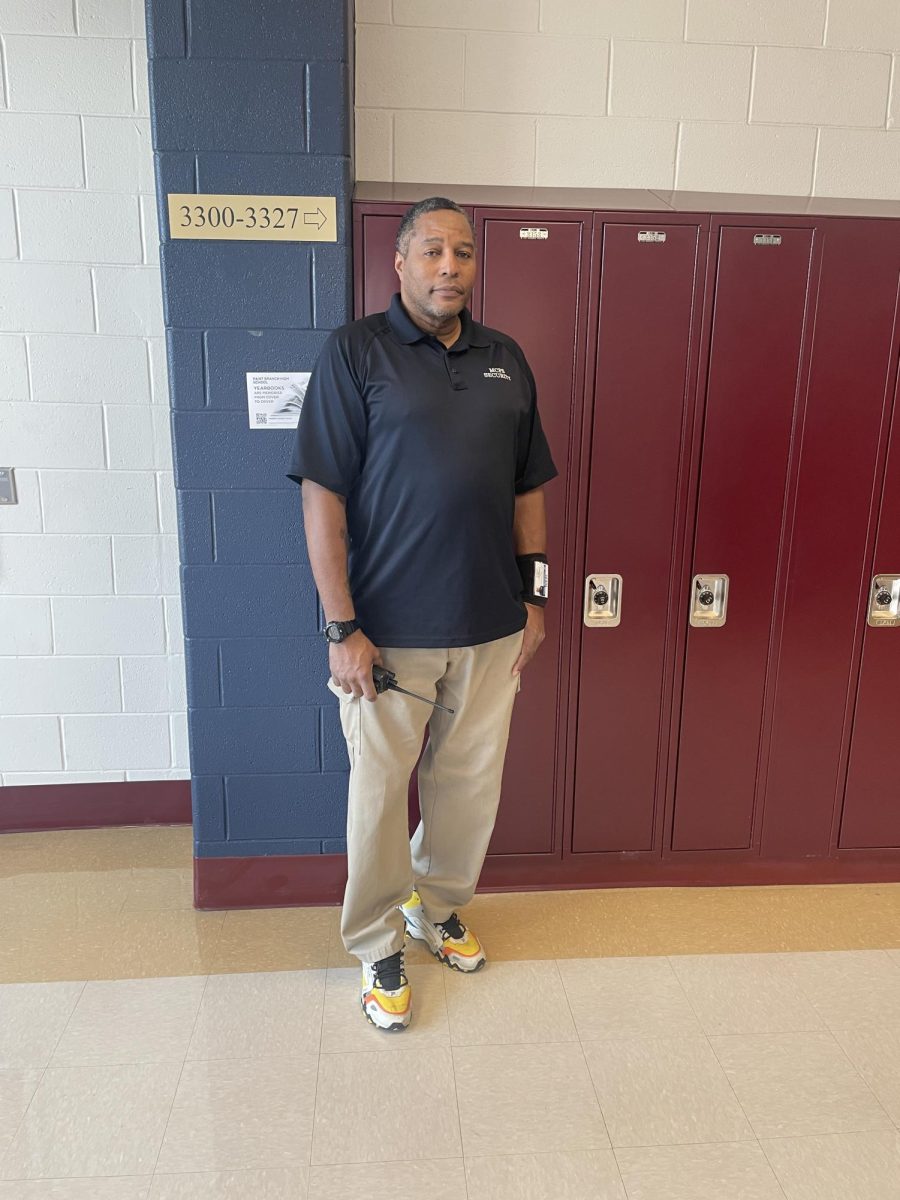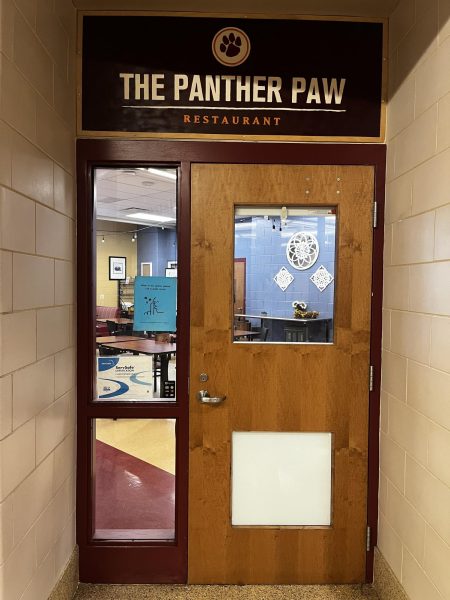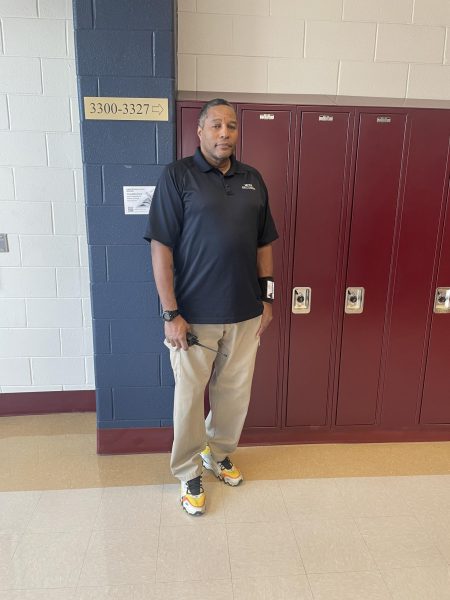College Corner
Picking the Right School
Seniors, as May approaches we have a number of topics on our mind – AP exams, prom, graduation, and countless other subjects that garner our attention. One thing, however, seems to slip our minds when we fret over the month of May: May 1st is the deadline to commit to college.
For a lucky few, the decision is a no-brainer. This group will learn that they have been accepted into the school of their choice, received a hearty financial aid package or scholarship to guide them along the way, and will enter college in the fall just as they have always imagined. On the contrary, for many others the decision is not so easy. For this group, the college commitment requires a long and well thought out process that takes into account a number of important factors. Fortunately, writer Jessica Ponden of education.org provides excellent advice for this group in “How to Choose the Right College or University.”
First up in the process, according to Ponden, is to approach the decision-making process as an opportunity to gather information and learn all you can about your options. The most important thing to do, and perhaps the most useful way to gather information, is to read. Most colleges, along with acceptance letters, send various brochures, folders and informational packets. Although the acceptance letter itself might be sufficient for your satisfaction and excitement, after the screaming and jumping should follow a period of extensive and thorough reading. Believe it or not, reading the college’s materials can provide great insight into the school and your future there.
The next thing, Ponden says, is to consider the size and location of the college. For some, the close-knit communities and intimate classroom experiences that smaller colleges offer is exactly what is needed to thrive; for others, it’s a wider variety of classes and activities put forth by the atmospheres of larger colleges. Each student is accustomed to his own practices, and each student has his own preferences – including the location of the college. While the sight of cows and fields might be repulsive to one student, the thought of skyscrapers and big cities might elicit the same response for another; it is important to take note of your own likes and dislikes when making the big decision.
Ponden also makes the point of acknowledging your own future academic plans, and picking a college accordingly. While a school might be prestigious and nationally ranked, its program for your indicated major might not be as great as a program elsewhere. The Massachusetts Institute of Technology (MIT), ranked #7 nationally by U.S. News, probably won’t prepare you for a future in linguistics or theater as well as a small, lesser known liberal arts college.
Whether we realize it or not, where we decide to go after May 29th will have an enormous impact on the rest of our lives.
After we have contemplated the factors above, taken campus visits, and made pro-con lists for each school, one of the most influential factors continues to be cost. The advice circled around and mentioned to me I now pass on to you: Sometimes it may be best to “list your top three schools, then pick from the cheapest one.”








































